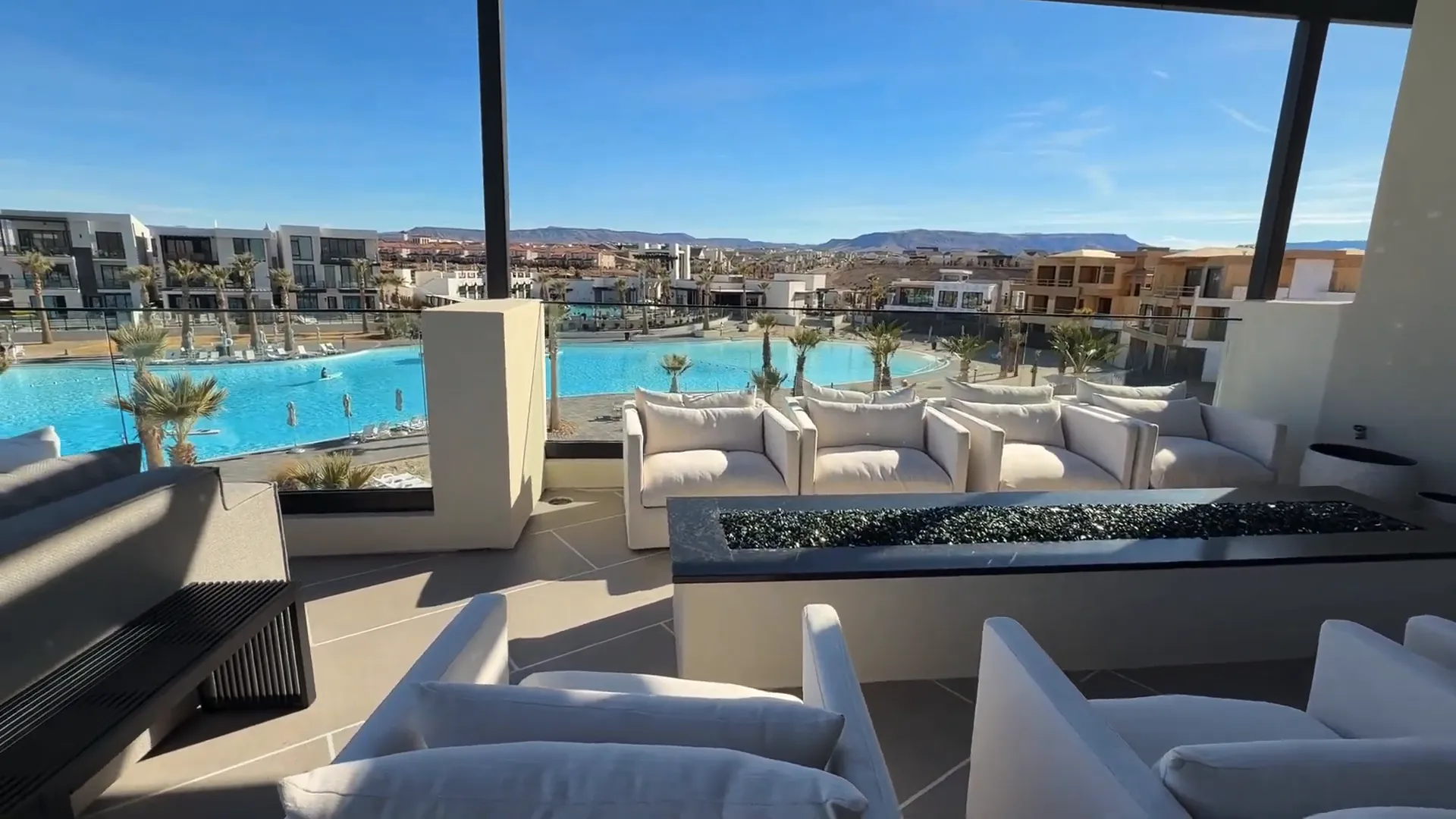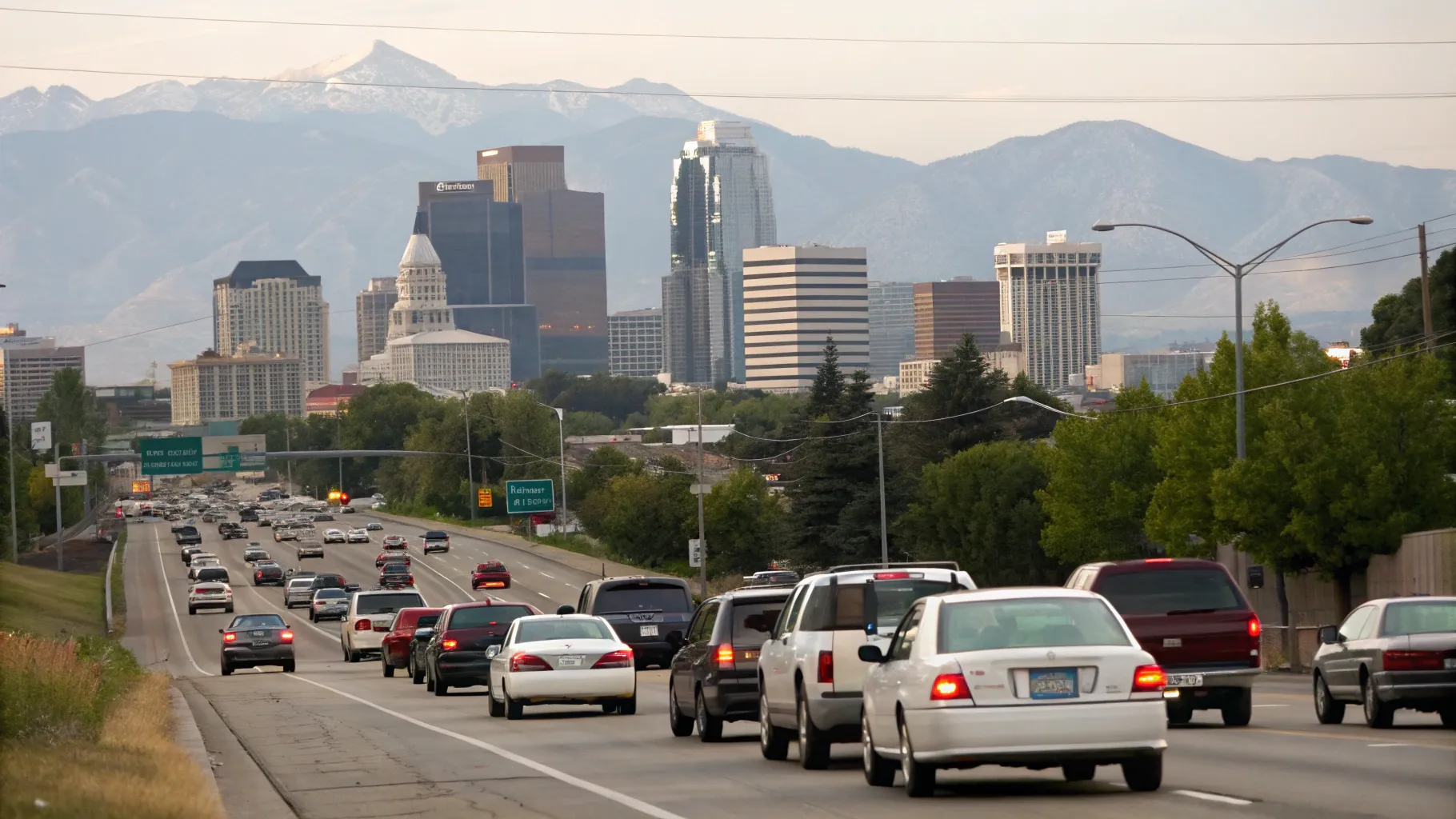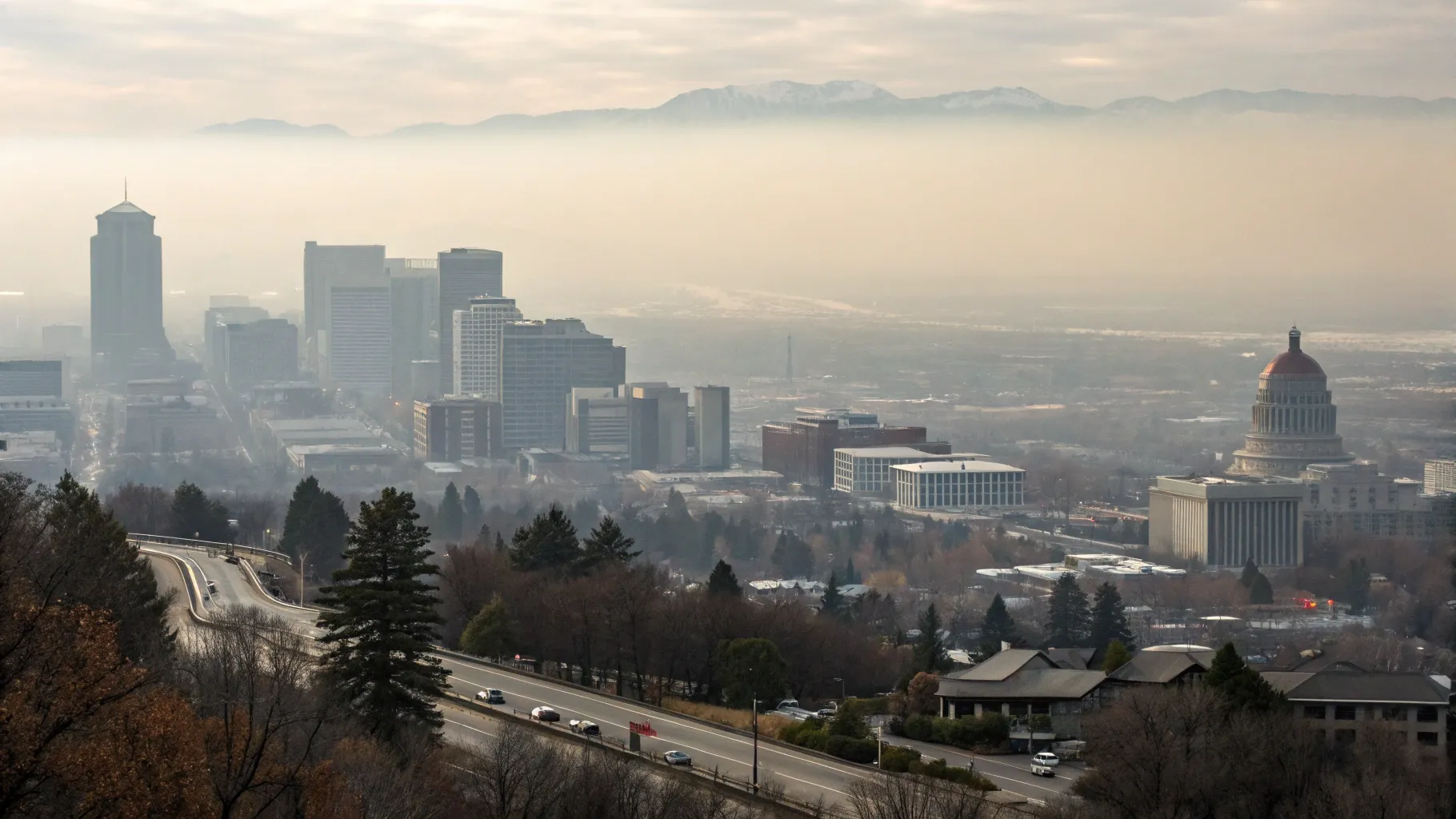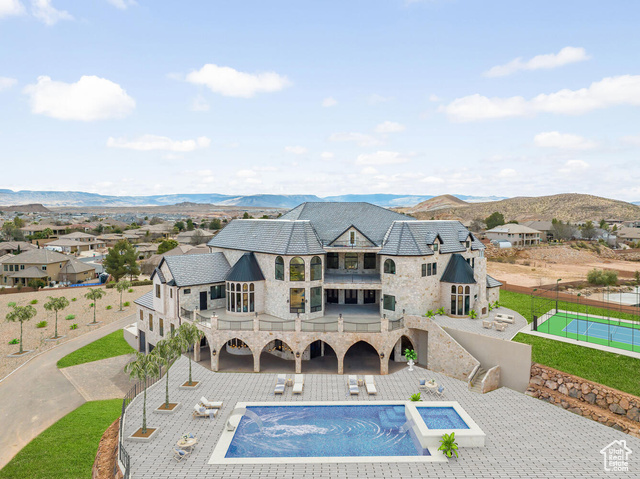
Utah is often celebrated for its stunning landscapes and vibrant lifestyle, but a growing number of residents are choosing to leave the Beehive State. In this post, we'll explore the real reasons behind this trend, providing insights for those considering a move to or within Utah.
Introduction to the Utah Exodus
Utah has long been celebrated for its breathtaking landscapes, outdoor activities, and a thriving sense of community. However, a notable trend has emerged in recent years: an increasing number of residents are choosing to leave the state. This exodus raises questions about what drives individuals and families to seek new horizons beyond the Beehive State. Understanding the motivations behind this movement is essential for both prospective residents and those considering a transition out of Utah.
Understanding the Weather Factor
The weather in Utah plays a significant role in residents' decisions to relocate. With its distinct seasons, Utah offers a unique climate that appeals to many. However, the harsh winter conditions, marked by heavy snowfall and frigid temperatures, can be a deterrent for some. For instance, families who have grown weary of shoveling snow and enduring long winters often find themselves seeking warmer locales. Conversely, those moving to Utah may be drawn by the allure of winter sports and the beauty of snow-covered mountains.
On the flip side, Utah's scorching summers can also be a dealbreaker. Cities like St. George, known for their high temperatures, can become unbearable for some residents. The extreme heat often leads individuals to reconsider their living situation, especially if they prioritize a milder climate. Ultimately, the weather is a double-edged sword, influencing both migration into and out of the state.

The Rising Cost of Living
One of the most pressing issues facing Utah residents is the escalating cost of living. Housing prices have surged dramatically in recent years, making homeownership increasingly unattainable for many. The affordability crisis is particularly pronounced in urban areas, where competition for housing drives prices higher. As a result, families and individuals are finding themselves priced out of the market, leading to a significant migration out of state.
Interestingly, this same trend attracts newcomers who see the potential for financial gain. Many individuals relocating to Utah from states with higher living costs often find that they can enjoy a better quality of life here. For instance, the state's flat income tax of 4.55% and relatively low property tax rates provide financial relief compared to other regions. This juxtaposition creates a complex dynamic where some leave due to affordability issues while others arrive seeking better financial opportunities.
Job Market Dynamics
Utah boasts a robust job market, with a low unemployment rate hovering around 3%. This economic stability attracts many new residents, particularly in industries such as healthcare, technology, and education. However, despite these opportunities, some individuals are compelled to leave due to job transfers or relocations that take them elsewhere. The balance of job availability is a critical factor influencing migration patterns in and out of the state.
Moreover, the competitive job market can sometimes lead to a saturation of certain industries, prompting workers to seek opportunities in regions where their skills are in higher demand. Understanding the job market dynamics is essential for anyone considering a move, whether they are looking to take advantage of Utah's economic growth or escaping challenges within their current employment situation.
Perceptions of Overcrowding
As Utah's population continues to grow, perceptions of overcrowding have become a notable concern for some residents. Long-time Utahns often express feelings of discomfort as they witness their communities transform into bustling hubs. For individuals who value open space and a slower pace of life, this change can be jarring. The influx of newcomers can lead to a sense of loss regarding the quieter, more serene lifestyle that many once enjoyed.
However, this perception is subjective. While some feel overwhelmed by the growth, others embrace the vibrancy and energy that comes with a larger population. The contrasting views on overcrowding highlight the importance of personal preference when considering a move. For those who prioritize community and connection, the evolving landscape of Utah may still offer the charm they seek.
Traffic and Congestion Concerns
With the increase in population comes the inevitable rise in traffic and congestion. Commuters in major cities like Salt Lake City and Provo often experience longer travel times, particularly during peak hours. This growing concern about traffic can be a significant factor for residents contemplating a move. The frustration of navigating congested roadways can diminish the overall quality of life, prompting some to seek quieter locales.
Moreover, holiday weekends and seasonal events can exacerbate traffic issues, leading to a perception that Utah is becoming less accessible. Those who cherish a more laid-back lifestyle may find these challenges unsustainable, driving them to consider alternatives outside the state. Addressing traffic and congestion is essential for maintaining the quality of life that many residents desire.

Air Quality Issues
Air quality is a significant concern for many Utah residents, particularly in urban areas like Salt Lake City. The phenomenon known as "inversion" can lead to thick, smoggy air that settles in the valley during winter months, trapping pollutants and creating hazardous conditions. This issue is not just an aesthetic problem; it poses real health risks, especially for individuals with respiratory issues such as asthma.
Residents have reported feeling the effects of poor air quality, prompting some to seek cleaner environments. Areas outside the valley, such as Park City or the more rural parts of Utah, often enjoy significantly better air quality. Understanding the air quality patterns in different regions of Utah is essential for anyone considering a move. For those with health concerns, this factor can heavily influence the decision to relocate, making it critical to evaluate potential neighborhoods based on air quality data.

Personal Choices Driving Relocation
Relocation decisions are often deeply personal and influenced by various factors beyond just economic or environmental considerations. Family dynamics, lifestyle preferences, and personal values play significant roles. For many, moving to another state represents a fresh start or a chance to escape the hustle and bustle of urban life. Others may be driven by the desire to reconnect with family or to live in a community that better aligns with their values.
For instance, younger families may prioritize access to quality schools and recreational activities, while retirees might seek quieter neighborhoods with a strong sense of community. Understanding what drives these personal choices can provide valuable insights for potential movers. It's essential to reflect on what aspects of life are most important and how different Utah communities can meet those needs. This reflection can help guide the search for a new home that truly resonates with one's lifestyle aspirations.
Planning Your Move to Utah
Planning a move to Utah requires careful consideration and research. Whether you are relocating for work, family, or lifestyle changes, creating a strategic plan can help facilitate a smoother transition. Start by identifying the areas that align with your priorities—be it proximity to work, access to outdoor activities, or community amenities. Each city in Utah offers a unique blend of characteristics that cater to different lifestyles.
Once you've pinpointed potential neighborhoods, visiting these areas can provide a firsthand experience. Engaging with local communities, exploring schools, and checking out recreational facilities can help solidify your choice. Furthermore, working with a knowledgeable real estate agent can streamline the process, offering insights into the market and helping navigate the complexities of buying or renting a home. A well-planned move can significantly enhance the settling-in experience, making it easier to embrace your new surroundings.
Conclusion and Final Thoughts
The decision to move to or from Utah is influenced by a myriad of factors, ranging from personal preferences to economic circumstances. While some may cite rising costs or air quality issues as reasons for relocating, others are drawn to the state's unique offerings, including its outdoor lifestyle and vibrant communities. Ultimately, understanding the motivations behind these moves can provide valuable context for potential residents and help them make informed choices.
As Utah continues to evolve, prospective movers should stay informed about current trends and community dynamics. Whether seeking a bustling city environment or a tranquil rural setting, Utah has diverse options that can cater to various lifestyles. With thoughtful planning and an open mind, making a successful transition to or within Utah is entirely achievable.
FAQs About Moving to Utah
1. What are the best cities to live in Utah?
Utah offers a variety of cities that cater to different lifestyles. For families, cities like Saratoga Springs are ideal due to their excellent schools and family-friendly amenities. For those seeking a vibrant urban experience, Salt Lake City provides a rich cultural scene and career opportunities.
2. How is the job market in Utah?
Utah's job market is robust, particularly in sectors like technology, healthcare, and education. The low unemployment rate attracts many newcomers seeking better job opportunities. However, some individuals may leave due to job transfers or relocations, highlighting the importance of understanding local job dynamics before moving.
3. What should I know about Utah's climate?
Utah's climate varies significantly by region. While the state is known for its sunny summers, winters can be harsh, particularly in the northern areas. Understanding the climate of specific cities can help potential residents prepare for seasonal changes and choose a location that aligns with their preferences.
4. Are there resources available for new residents?
Yes, various resources are available to assist new residents in their transition. Local real estate agents can provide valuable insights into the housing market, while community organizations often offer information about local services and amenities. Additionally, many cities have welcome centers that can help newcomers acclimate to their new environment.
Related Articles:
- Maximizing Your Returns The Top 9 Tax Deductions For Real Estate Investors
- Pros And Cons Of Living In St George Utah
- Does The Seller Have To Fix Everything On The Home Inspection Report
- Is A Reverse Mortgage Good To Use On Your Utah Home
- Utah Buyers Market
- What Renovations Will Help Your Home Sell Faster And For A Higher Price In 2025
- How To Sell Your Utah House Fast
- How Trumps Executive Order Could Transform The Utah Real Estate Market
- Fannie Mae Predicts Historic Low For Home Sales In 2024
- Unlocking The Dream Utah First Time Home Buyer Grants
- When Is The Right Time To Buy A New Home 3 Signs To Know
- Navigating The Shifting Landscape Of The Us Housing Market









